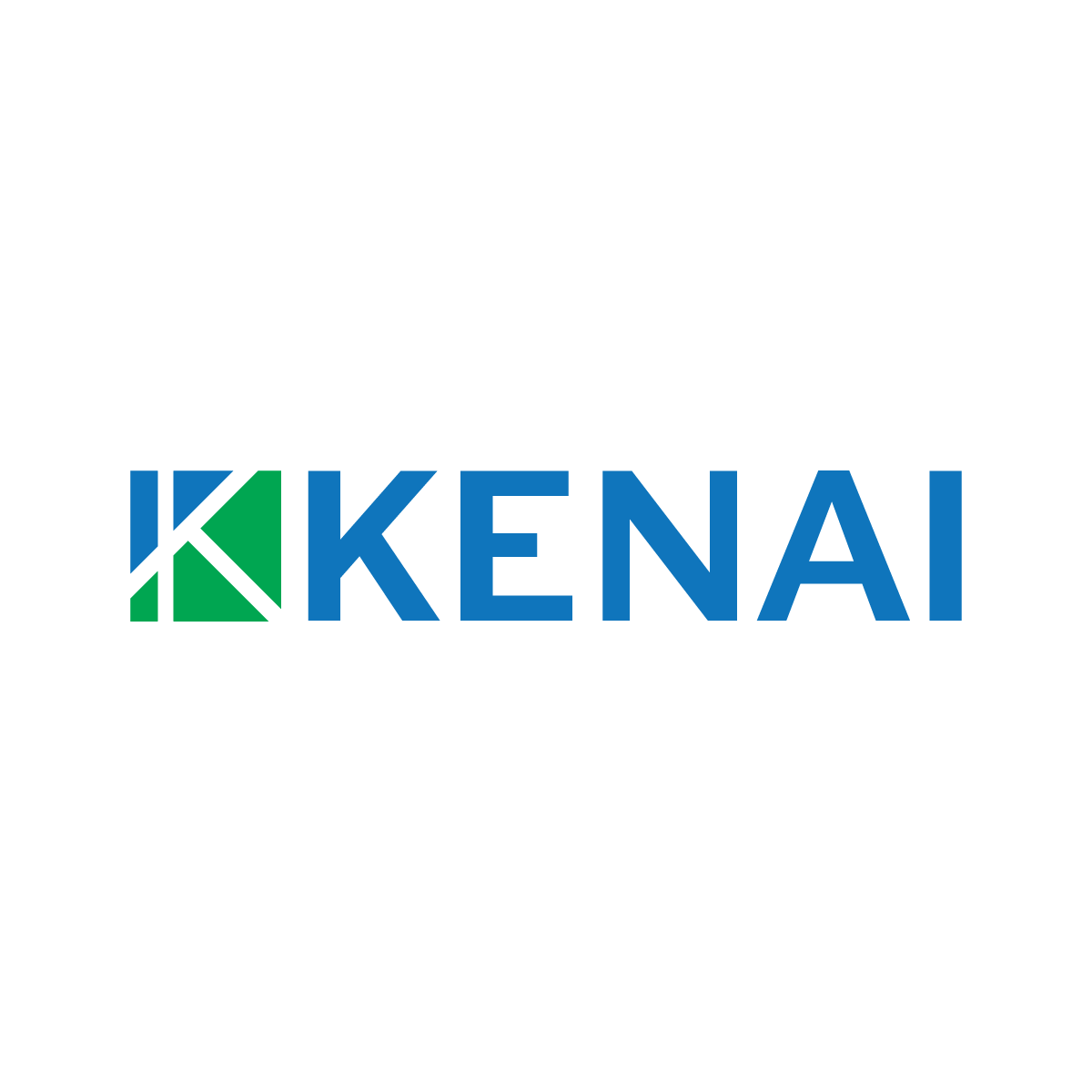After doing the vital background work that we covered in our last two blogs, you’re finally ready to move on to the next phase – solution mode. Enter: proofs of concept (POC), prototypes , and pilots.
While POCs, prototypes and pilots are all ways to assess possible solutions, it’s a big mistake to think that they share the same approach and outcomes. In fact, POCs and pilots are different in their objectives, scale, cost, and the depth of insights they can deliver.
Investing your time and resources into a POC or pilot allows you to develop a sought-after, powerful and well-designed product. Done well, it can stop you from falling into the trap of throwing money into features that are bulky and unnecessary. Even if they had enjoyed working with you in the past, a clunky or confusing user experience might push your clients away. An effective POC and pilot can help you retain your existing client base and attract new clients.
POCs and pilots give you the power to test and adapt your product in a controlled environment before releasing it out into the great unknown.
So how do you go about delivering them? First, we need to understand what they are and what they can achieve.
A POC asks, ‘Can we do it?’
A POC allows you to test a specific solution, idea or assumption. You can demonstrate the functions and capabilities of a product and test to see if it will work in your world.
During a POC, you’ll typically complete a series of isolated exercises which can take days or a few weeks to finish. It costs significantly less than a pilot and hones in on one small piece of the puzzle.
A POC confirms that your idea or solution will work in the real world in a particular business context. You can test the feasibility, determine if it’s commercially viable and evaluate what tools and resources you will need to make the pilot and potential subsequent release successful.
When you need a POC.
A POC validates the performance of an idea, theory or product. You’ll benefit from a POC when you:
- want to test a completely new idea
- want to test a new feature or new technology
- are looking for ways to improve – make life easier, more efficient, more streamlined and a better experience for your staff and customers.
What to consider during the POC phase.
Asking these key questions will help during this stage.
- Can the system get the required data?
- Is the data you’re getting complete and accurate?
- Is the system delivering real-time information?
A prototype asks, ‘How do we do it?
Before leaping into pilot mode, you might want to spend some time in the prototyping phase. A prototype tests the crucial parts of the full system. It’s a simulation in a controlled environment and questions: how is it possible?
A prototype essentially describes how an idea or feature will work. It can take weeks and is an excellent way of visualising your idea. Developing a prototype can help set you up for success for the next phase – a pilot project.
A pilot asks, ‘How are our people actually using it?’
A pilot tests a fully functional product with some of your target users allowing you to get a good handle on how your clients or staff would use certain features.
Choose your testing group wisely and find the sweet spot for numbers – big enough to get a decent range of feedback but small enough to be quick and easy to set up. Somewhere between 10 and 20 people generally works well. Ideally, you want your group to be a good representation of people who will normally use the tech in its everyday setting.
Having said that, you also need to build time and capacity to test for outside-the-box cases or features that may not be used as often.
Use this stage to mine for solid and comprehensive feedback – the good, the bad and the ugly – so you can refine and tweak your product before you release it to your entire user base.
You might want to see it as a dress rehearsal for the main event. Like dress rehearsals, it’s helpful when things go wrong because it highlights your blind spots and allows you to fix any holes before releasing to the public.
Pilots are more polished and in-depth than POCs. They have a bigger scope and cost more, although the price is usually less than full-scale implementation. Robust pilots can take months or even longer.
Is it a pilot or is it a live demo?
A pilot usually costs you money. A live demo can be free. Be wary of choosing the cheap and cheerful route as, like most things, it could cost you in the long run when you discover too late that the solution isn’t feasible, isn’t user-friendly and isn’t scalable.
Pilots – key things to consider.
- Decide on the length of time you’re prepared to commit to.
- Choose the ideal number of testers.
- Get feedback.
- Troubleshoot and ask what worked and what didn’t.
- Evaluate feedback at the end through group discussions, surveys and self-evaluations.
Your pilot is complete. Now what?
Now’s the time to address any issues before releasing your product to the public. By this stage, you should have lots of data to help you decide if the benefits of the solution outweigh the costs to implement it.
It’s vital you understand the return on investment (ROI) and how quickly you can expect to benefit from the investment.
What do POCs and pilots have in common?
Before embarking on your POC and pilot programmes, you need to have a clear set of measurable goals and feel confident that the project investment is worthwhile.
You can do this by asking a series of questions like the ones below.
- What does success look like to you?
- How will this idea or project make your business easier, more efficient or streamlined?
- Will the project save you time and money in the long run?
- Will it make communication or other operations easier?
- How is your idea or software going to integrate with your current systems?
- How have other companies been successful?
- How are you going to measure your outcomes and how often?
A project manager can help you deliver a successful POC, prototype, and pilot.
Decide from the very beginning how much money, time and people power you can invest. Due to the scale and potential risks of doing it wrong, an effective project manager who can guide you through the entire process is a no-brainer. They can help you measure your progress, hit your milestones, keep within budget, review your findings each step of the way, and deliver the level of insights you need to make a cost-effective and prudent decision.
Outsourcing your project managing duties to Target State means you get an independent, impartial eye who can challenge your thinking and processes and ask the right questions at the right time.
I’m keen to hear your go-to processes to deliver convincing proofs of concept , prototypes, and pilots. Please share them below.
































